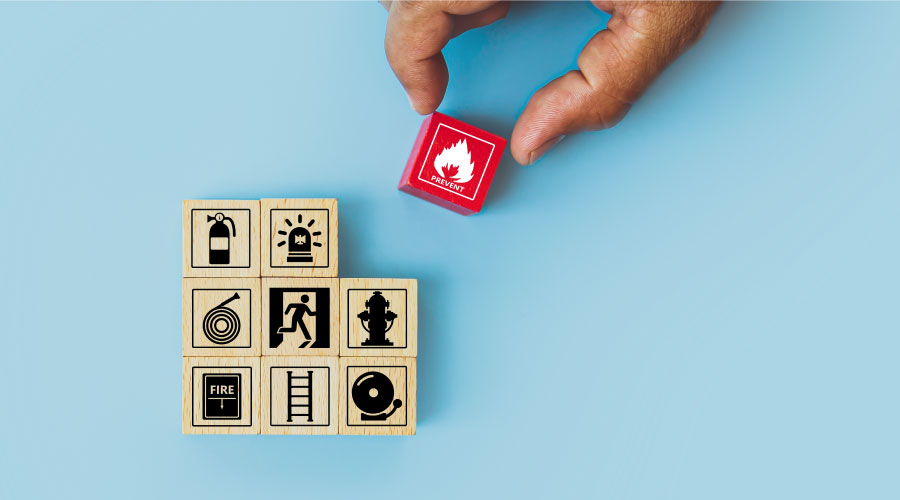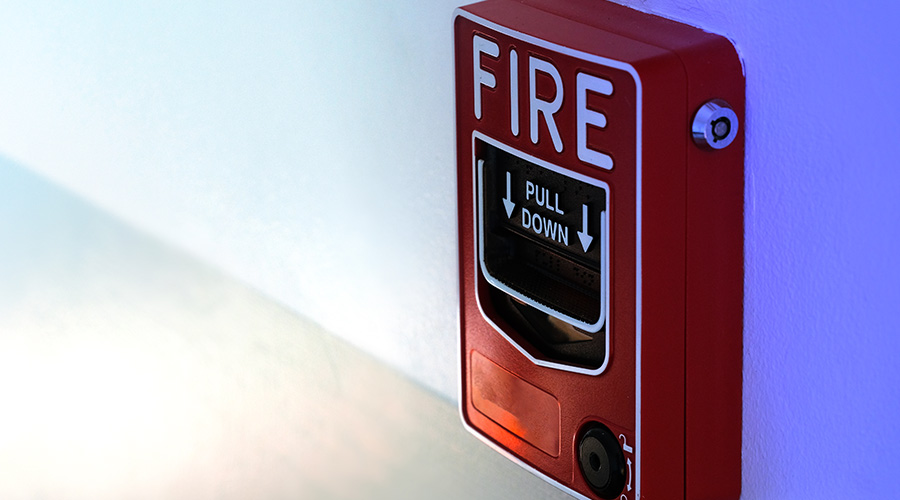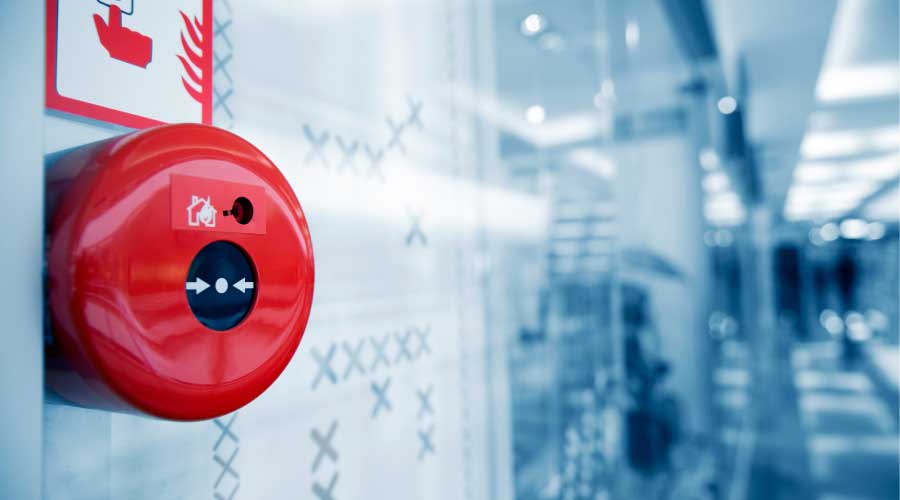Green Design Solutions and Materials May Be Fire Hazards
Green designs also are increasingly introducing unconventional solutions to traditional building problems.
Solomon cited a new building in Dubai — and other designs, still in the works, that might be coming to North American shores — that incorporate a wind turbine as part of the high-rise office structure.
"These 80-story buildings, for example, literally have an opening in the structure at about the 40th or 50th story for a wind turbine," he says.
Because it isn't a retrofit turbine or something simply added on to the roof, a new set of concerns accompanies the design, says Solomon.
"You've got lube oil, concerns over the ignition source and, because some of these turbines have a long wind-down period, you have to be concerned with that," he says. "Do you put a braking system on it?"
Just as with the PV array atop the Target store in Bakersfield, the first-responders who arrive at a building with an integral wind turbine would have a series of concerns about de-powering the stand-alone device.
Even if the switch to deactivate the PV panels or wind turbines is located in a first-floor mechanical room, that might not solve all the problems. For example, an array can remain powered between devices, presenting additional concerns for first responders.
Unconventional Materials
Some new materials currently used in green construction haven't been subject to the stringent testing of conventional building materials. For example, new composite materials are an unknown when it comes to fire ratings. "The past two or three years, we've started to see some purpose-built materials, such as new composites that use material combinations we haven't seen in the past," says Solomon. "The question is whether or not traditional fire tests are set up to address these new concerns and materials."
The use of reclaimed and recycled materials presents another challenge, since it can be difficult to obtain traditional materials fire-testing properties (for flame spread, smoke development, etc.) from those materials. That can make it hard to perform materials-hazard assessments within the context of the codes.
Current fire tests (and codes) address current/traditional materials and current/traditional construction. With the advent of new composite materials, however, testing organizations are trying to determine whether current/traditional test methods still work on these new composites, or whether entirely new tests are required.
The increasing prevalence of vegetated roofing is also causing a mild stir of concern.
"Green or vegetated roofs could become a fire hazard, primarily a building-to-building fire-spread hazard, if not properly maintained," says Hofmeister.
"Some of the new test protocols are getting out there," says Solomon. "Now it's time for the codes to adopt the new materials."
Bottom Line
As new material choices and green design elements become available, facility managers have to choose among them, cherry-picking elements that best suit an organization's purpose.
In some instances, the goals and attributes of green design can be shown — via performance-based testing — to meet code and deliver the life-safety requirements specified in prescriptive codes. In other cases, traditional construction methods, such as sprinkler systems or heavy timber construction, can be shown to have benefits that classify them as genuinely "green" design options.
"Ultimately, you should have a series of goals and objectives to evaluate equipment arrangement," says Solomon. Doing so can help you achieve equivalent — if not better than — performance according to current rules."
Jelenewicz agrees. "With performance-based design, a building design is based on goals and objectives that are established by the building's stakeholders. So the stakeholders can identify protecting the environment as a performance-based goal," he says. "With performance-based design, the stakeholder's goals and objectives can be met in the most efficient manner."
Loren Snyder, a contributing editor for Building Operating Management, is a writer who specializes in facility issues. He was formerly managing editor of Building Operating Management.
Related Topics:













